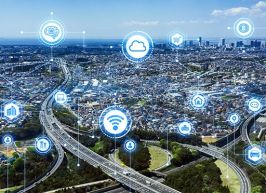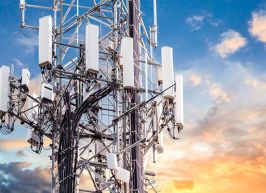
Article
5G vs 4G: What Is the Difference?
Fifth-generation networking is on its way. Promising superfast speeds and an end to congestion, the technology is expected to revolutionise mobile networking and create new economic opportunity: but how exactly will it do this and what makes it different?
Raconteur,
2019
Recommendation
5G is currently on everyone’s mind. But no one is certain what’s so revolutionary about it, and how or when will it change the lives of ordinary people. Technology writer Heidi Vella sheds light on these questions in an informative piece on the potential applications of the new technology. Everyone who needs a primer on the next generation of wireless technology and how it will transform industries and people’s lives will appreciate her readable overview.
Summary
About the Author
Heidi Vella is an energy and technology writer.


















Comment on this summary or Start Discussion